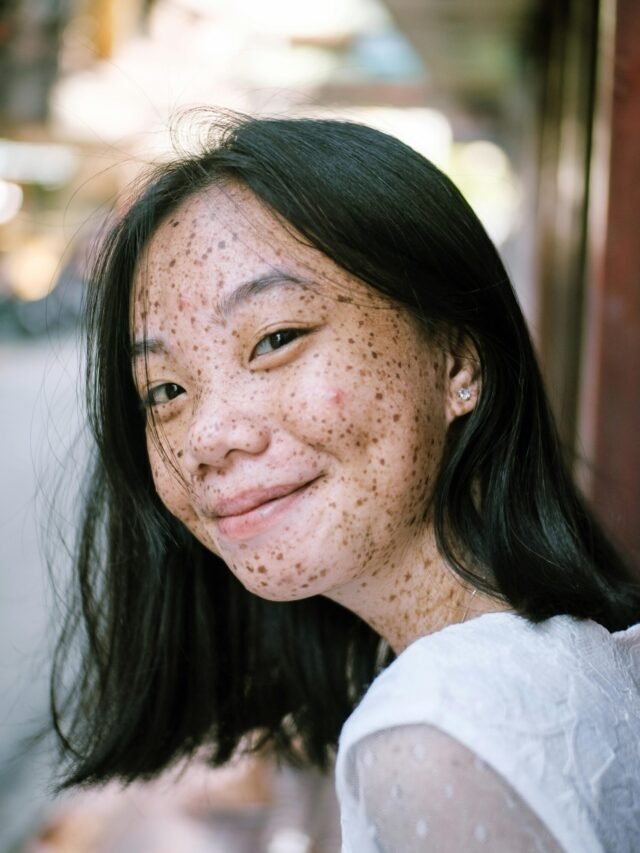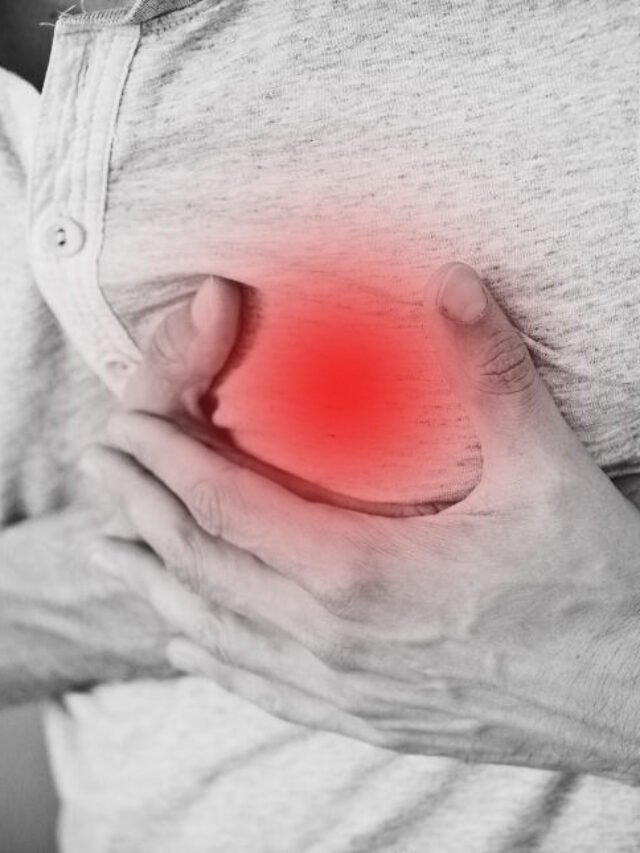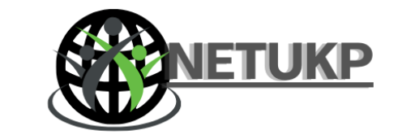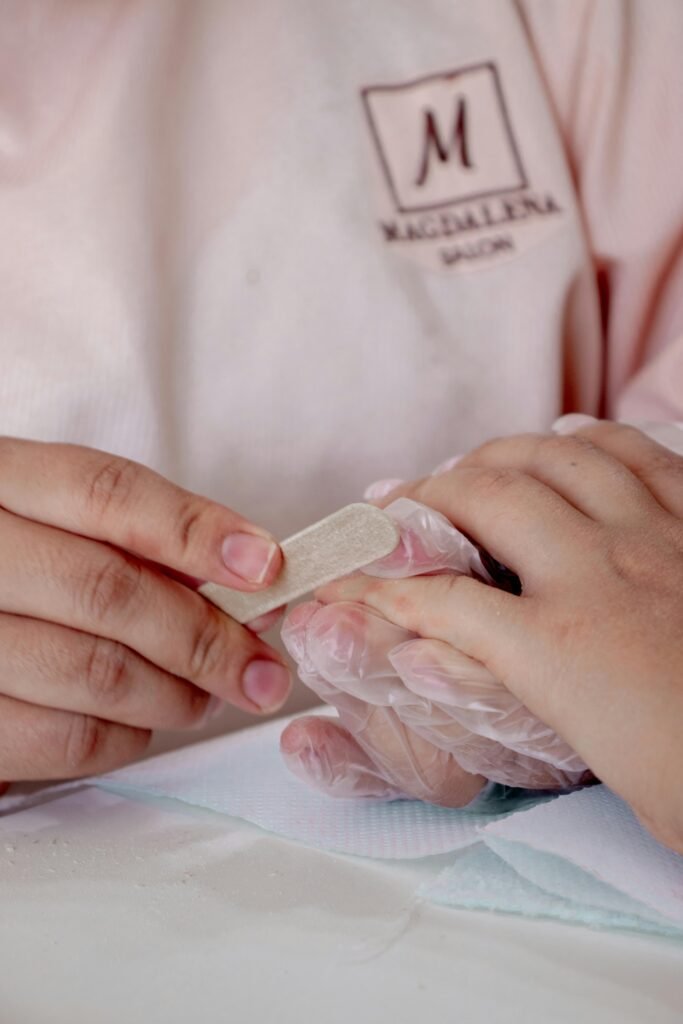
Laser Resurfacing on Face: Everything You Need to Know
Introduction
Ever looked in the mirror and wished you could smooth out those fine lines, erase sun damage, or even out your skin tone? Laser resurfacing might be the answer you’ve been looking for. This innovative procedure has gained popularity for its ability to rejuvenate the skin, making it look younger and fresher. But what exactly is laser resurfacing, how does it work, and what can you expect? Let’s dive into the world of laser resurfacing and uncover all you need to know.
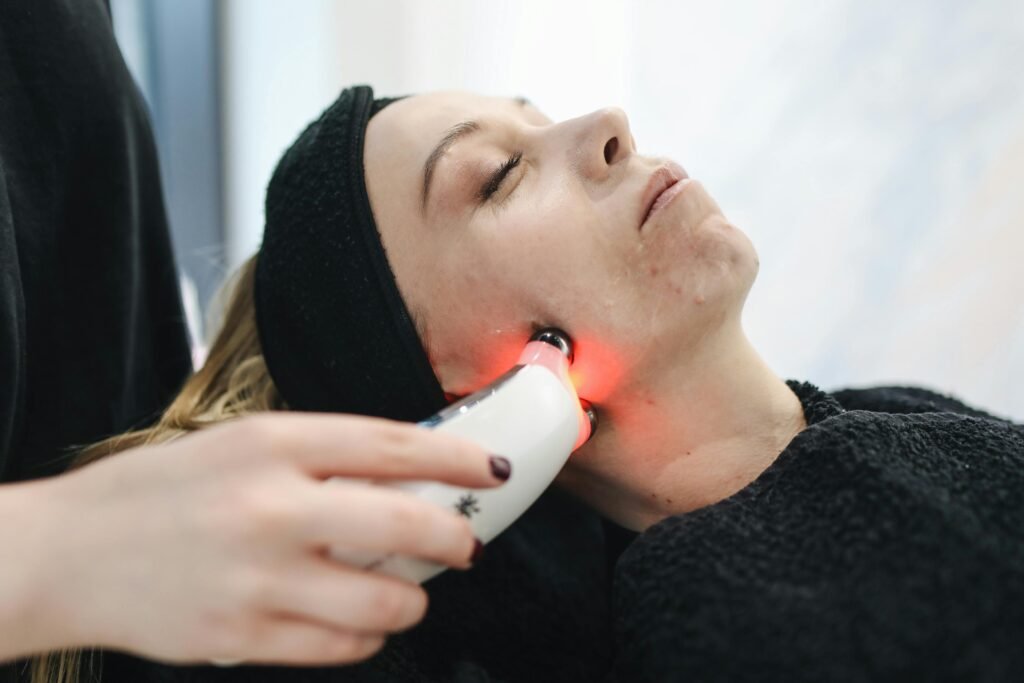
The average cost for CO2 laser skin resurfacing is between $1,999-$2,999 per session. While this is a pretty sizeable range, the exact price will depend entirely on how much correction is needed per session..
What is Laser Resurfacing?
Laser resurfacing is a cosmetic procedure that uses focused beams of light to improve the appearance of the skin. It works by removing layers of skin with precision, allowing new skin cells to form during the healing process, which gives the skin a tighter, younger-looking surface. Think of it as a controlled, targeted way to exfoliate and renew your skin on a deeper level.
Types of Laser Resurfacing
There are two main types of laser resurfacing treatments: ablative and non-ablative.
Ablative Lasers
Ablative lasers remove the outer layers of the skin and are more intense. This type of laser is often used for treating deeper wrinkles, scars, and other significant skin issues. Common types include CO2 lasers and Erbium lasers.
Non-Ablative Lasers
Non-ablative lasers work by heating up the underlying skin tissue without harming the surface. These lasers are less invasive, with shorter recovery times, and are typically used for treating fine lines, mild wrinkles, and skin discoloration.
How Does Laser Resurfacing Work?
Laser resurfacing works by directing short, concentrated pulsating beams of light at irregular skin. The laser removes skin very precisely, layer by layer, which stimulates the growth of new skin cells. Here’s a simplified breakdown of the process:
Consultation: You’ll have an initial consultation with a dermatologist or plastic surgeon to determine if you’re a good candidate for laser resurfacing and to choose the best type of laser for your skin concerns.
Preparation: On the day of the procedure, your skin will be thoroughly cleaned, and you might be given a local anesthetic to numb the area. For larger treatments, you might be sedated.
Treatment: The laser is then passed over the area to remove the outer layers of the skin or to heat the underlying layers, depending on the type of laser used.
Post-Treatment Care: After the procedure, your skin will be covered with a protective dressing, and you’ll be given specific aftercare instructions to ensure proper healing.
Benefits of Laser Resurfacing
Laser resurfacing offers a range of benefits that make it a popular choice for skin rejuvenation.
Smoother Skin Texture
Laser resurfacing can effectively reduce the appearance of fine lines and wrinkles, resulting in a smoother skin texture.
Even Skin Tone
This procedure can help diminish the appearance of age spots, sun damage, and hyperpigmentation, giving you a more even skin tone.
Improved Skin Tightness
By stimulating collagen production, laser resurfacing can make your skin look tighter and firmer.
Reduced Scarring
Laser resurfacing can significantly reduce the appearance of acne scars and other types of scarring.
Minimal Downtime
Especially with non-ablative lasers, the recovery time is minimal, allowing you to return to your daily activities relatively quickly.
Who is a Good Candidate for Laser Resurfacing?
Not everyone is an ideal candidate for laser resurfacing. Factors that can determine suitability include:
- Skin Type: People with lighter skin tones typically have fewer complications with laser resurfacing. Darker skin tones may be at higher risk for pigmentation changes.
- Skin Condition: Those with active acne or very loose skin might not be suitable candidates.
- Medical History: Certain medical conditions or medications can affect the safety and effectiveness of the procedure.
- Realistic Expectations: It’s important to have realistic expectations about the results and recovery process.
What to Expect During the Procedure
Understanding what happens during the procedure can help you feel more prepared and relaxed.
Before the Procedure
- Preparation: Your doctor might prescribe a series of skincare treatments to prepare your skin for the procedure.
- Avoid Sun Exposure: Protect your skin from the sun for several weeks before the procedure to avoid complications.
During the Procedure
- Anesthesia: Depending on the extent of the treatment, you’ll receive local anesthesia, sedation, or general anesthesia.
- Laser Application: The laser is applied to the targeted areas, and you may feel a warm sensation or mild discomfort.
After the Procedure
- Immediate Aftercare: Your skin will be red and swollen, similar to a sunburn. You’ll need to follow specific aftercare instructions to aid the healing process.
- Healing Process: The treated areas will peel and reveal new, healthier skin. This can take anywhere from a few days to a couple of weeks, depending on the type of laser used.
Recovery and Aftercare
Proper aftercare is crucial to ensure the best results and minimize complications.
Post-Treatment Care
- Moisturize: Keep your skin well-moisturized to help with healing.
- Avoid Sun Exposure: Your skin will be more sensitive to the sun, so use a high SPF sunscreen and avoid direct sunlight.
- Follow Doctor’s Instructions: Adhere to all post-treatment care instructions provided by your healthcare provider.
Potential Side Effects
Like any cosmetic procedure, laser resurfacing comes with potential side effects:
- Redness and Swelling: These are common and usually subside within a few days to weeks.
- Itching or Stinging: Mild itching or stinging can occur as your skin heals.
- Changes in Skin Color: There is a risk of hyperpigmentation or hypopigmentation, particularly in darker skin tones.
- Infection: Although rare, there is a small risk of infection. Keep the treated area clean and follow your doctor’s aftercare instructions.
Results: What to Expect
Laser resurfacing can produce dramatic improvements in the appearance of your skin, but it’s important to understand that results can vary.
Immediate Results
You’ll notice an immediate improvement in the texture and tone of your skin once the initial redness and swelling subside.
Long-Term Results
The full benefits of laser resurfacing can take several months to become apparent as collagen continues to rebuild. The results can last for years, especially if you follow a good skincare routine and protect your skin from the sun.
Cost of Laser Resurfacing
The cost of laser resurfacing can vary widely depending on factors like the type of laser used, the extent of the treatment, and your location. On average, you can expect to pay anywhere from $1,000 to $3,000 per session. It’s important to consider this investment in the context of the potential long-term benefits for your skin.
Alternatives to Laser Resurfacing
If laser resurfacing isn’t right for you, there are other treatments to consider:
- Chemical Peels: These treatments use a chemical solution to exfoliate and improve the skin’s appearance.
- Microdermabrasion: This procedure exfoliates the outer layer of the skin using a special device.
- Dermal Fillers: Injectable treatments can help reduce the appearance of wrinkles and add volume to the skin.
Success Stories
Hearing about others’ positive experiences can be encouraging if you’re considering laser resurfacing.
Personal Anecdotes
Many people report feeling more confident and happy with their appearance after laser resurfacing. Personal stories highlight the transformative effects and often emphasize the importance of following aftercare instructions for the best results.
Testimonials
Reading testimonials can provide insight into the experiences of others who have undergone the procedure. Many patients praise laser resurfacing for its ability to rejuvenate their skin and improve their self-esteem.
The effects of laser skin resurfacing are permanent when it comes to issues such as scarring.
FAQs
Qs.1. How long does it take to recover from laser resurfacing?
Recovery time can vary depending on the type of laser used. Ablative lasers may require 2-3 weeks, while non-ablative lasers usually have a shorter recovery period of a few days to a week.
Qs.2. Is laser resurfacing painful?
The procedure can cause some discomfort, but anesthesia is used to minimize pain. Post-procedure, you might experience a sensation similar to a sunburn.
Qs.3. Can laser resurfacing be combined with other treatments?
Yes, laser resurfacing can often be combined with other treatments like chemical peels or dermal fillers for enhanced results. Consult with your provider to create a customized treatment plan.
Qs.4. How long do the results of laser resurfacing last?
Results can last for several years, especially with proper skincare and sun protection. Maintenance treatments can help prolong the effects.
Click here for more information:

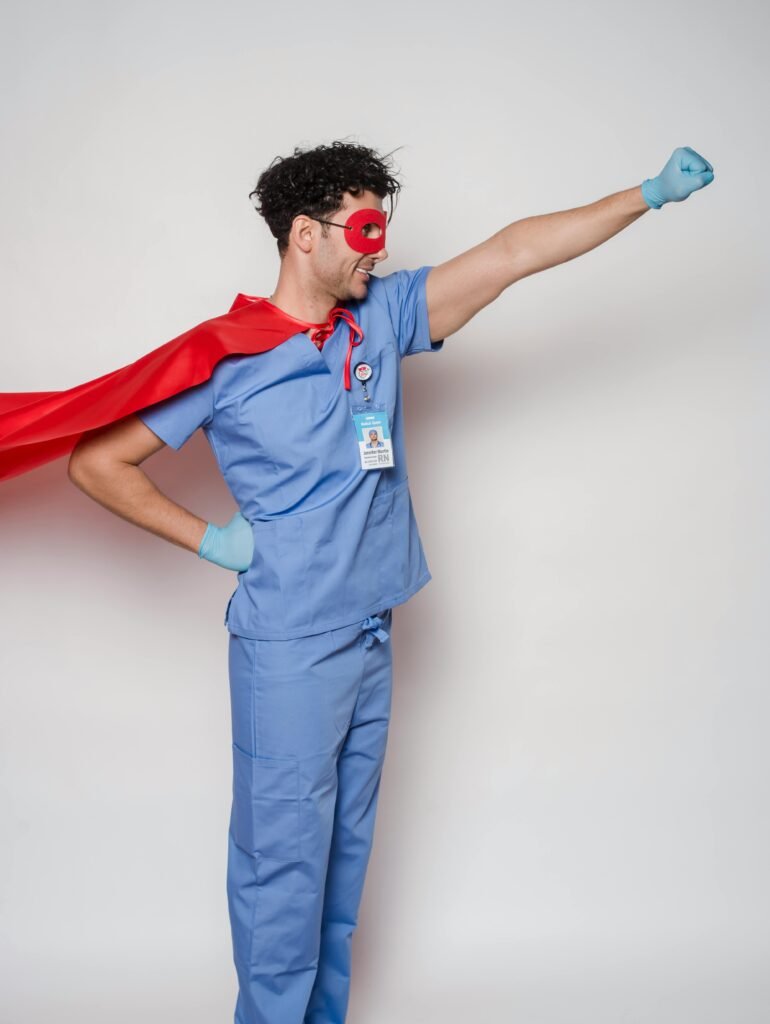

“इमली के बीजों को फेंकने की भूल मत करें: 14,000 Crore के Market में छिपा है सोना”

कहीं आप भी तो नही कर रहे Badi Ilyachi और Chhoti Ilyachi का गलत उपयोग,जाने आयुर्वेद के अनुसार

भारतीय पंचांग और आयुर्वेद के अनुसार किस मौसम में क्या खाएं और क्या नहीं 2024?
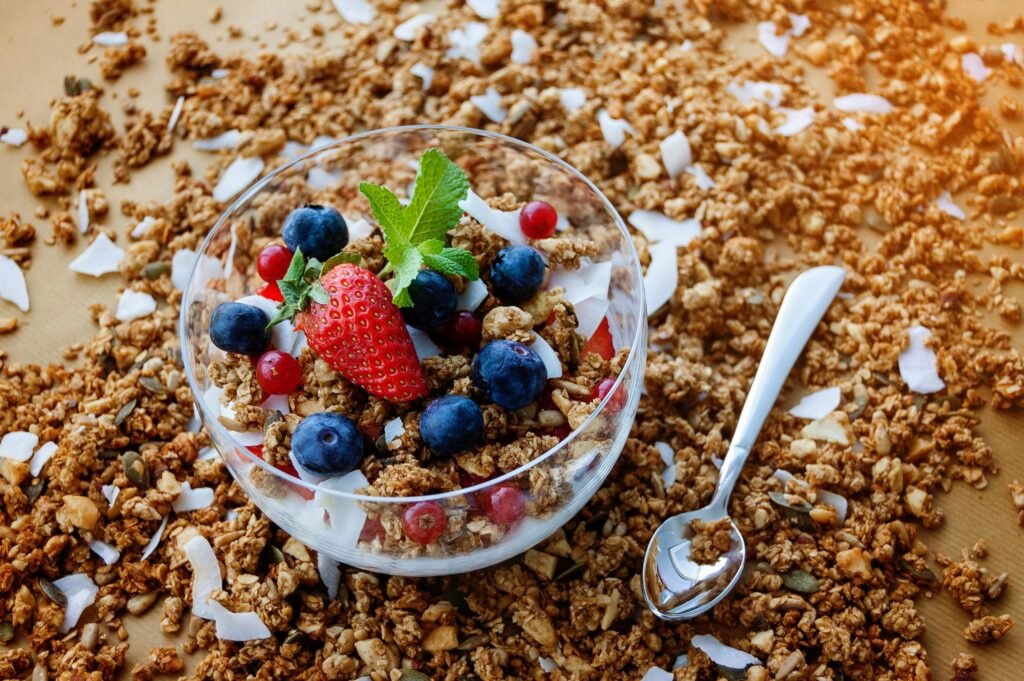


अगर “Momos” खाकर आपको भी हो रही है उल्टिया ,तो कहीं आपको ये जानलेवा बिमारी तो नहीं?

10 Foods जो आपके लिए जानलेवा हो सकते हैं: अभी बंद करें इनका सेवन





